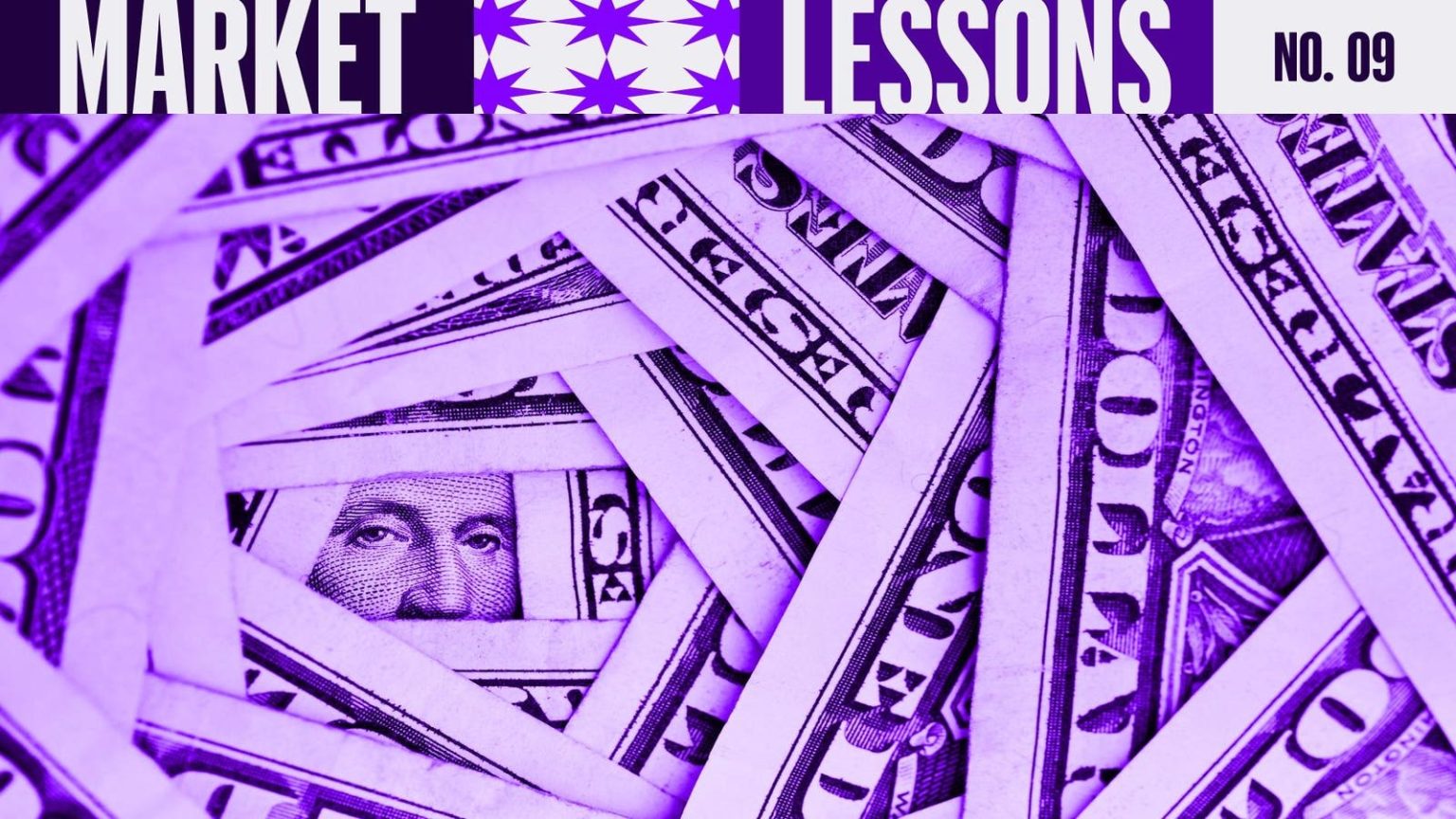Debt to equity doesn’t mean much. What counts is debt to enterprise value.
Written by Hyunsoo Rim and Segun Olakoyenikan; Edited by William Baldwin
How do you measure the burden of debt at a corporation? The traditional way is to compare debt to stockholders’ equity. But that doesn’t work well in a world of intangible assets. Better: compare debt to the value that the market places on the corporation’s business operations.
Here, we highlight a debt ratio that divides a company’s net debt (debt minus cash) to its enterprise value (the sum of net debt and common market value). The tables display a sampling of companies falling at the extremes by this measure.
A century ago, the debt/equity ratio was a reliable measure of financial strength. Someone holding the debt obligation of a business would want the ratio to be low. It was low when the denominator was big—when, that is, shareholders’ equity was big.
A large number for shareholders’ equity (otherwise known as book value) meant that there was a large cushion of value to protect the lender from a decline in the company’s fortunes. In a liquidation, the bondholders and other lenders get paid first, the equity holders last.
Nowadays the debt/equity ratio doesn’t mean much, because book value doesn’t mean much. Book value fails to capture intangible assets like software, patents and brands. It shrinks, sometimes falling below zero, when corporations distribute profits by buying in their own shares. Thus it is that Masco Corporation shows up in the Yahoo Finance pages as having a frightening 1,754% debt/equity ratio. But this faucet company is doing fine. It is not swamped by its debts.
The better way to size up debt burdens is to compare them not to shareholders’ equity but to the value that Wall Street puts on the business as a going concern. That’s the enterprise value.
That EV is more useful than book value in assessing debts can be seen by thinking about mortgages. Suppose a company wants to refinance an office tower it bought decades ago. What matters more to the bank, the $100 million book value or the $600 million appraised value? EV is Wall Street’s appraisal of a business operation.
Among the large-cap nonfinancial companies in the YCharts database, the median ratio of debt to enterprise value is 9%. The table displays outliers. The ones most unburdened by long-term debt, at the top, have negative ratios because their cash on hand (or equivalents) exceeds their interest-bearing debt.
The most debt-laden companies, at the bottom, have a median ratio of just over 50%. At the 50% level, a company’s net long-term debt is as great as the market value of its common shares. That’s not a crushing burden, but it’s enough to cause a lender some concern. It alerts shareholder that earnings will be more volatile than the earnings of a competitor with a low debt burden.
More From Forbes Market Lessons
Read the full article here












